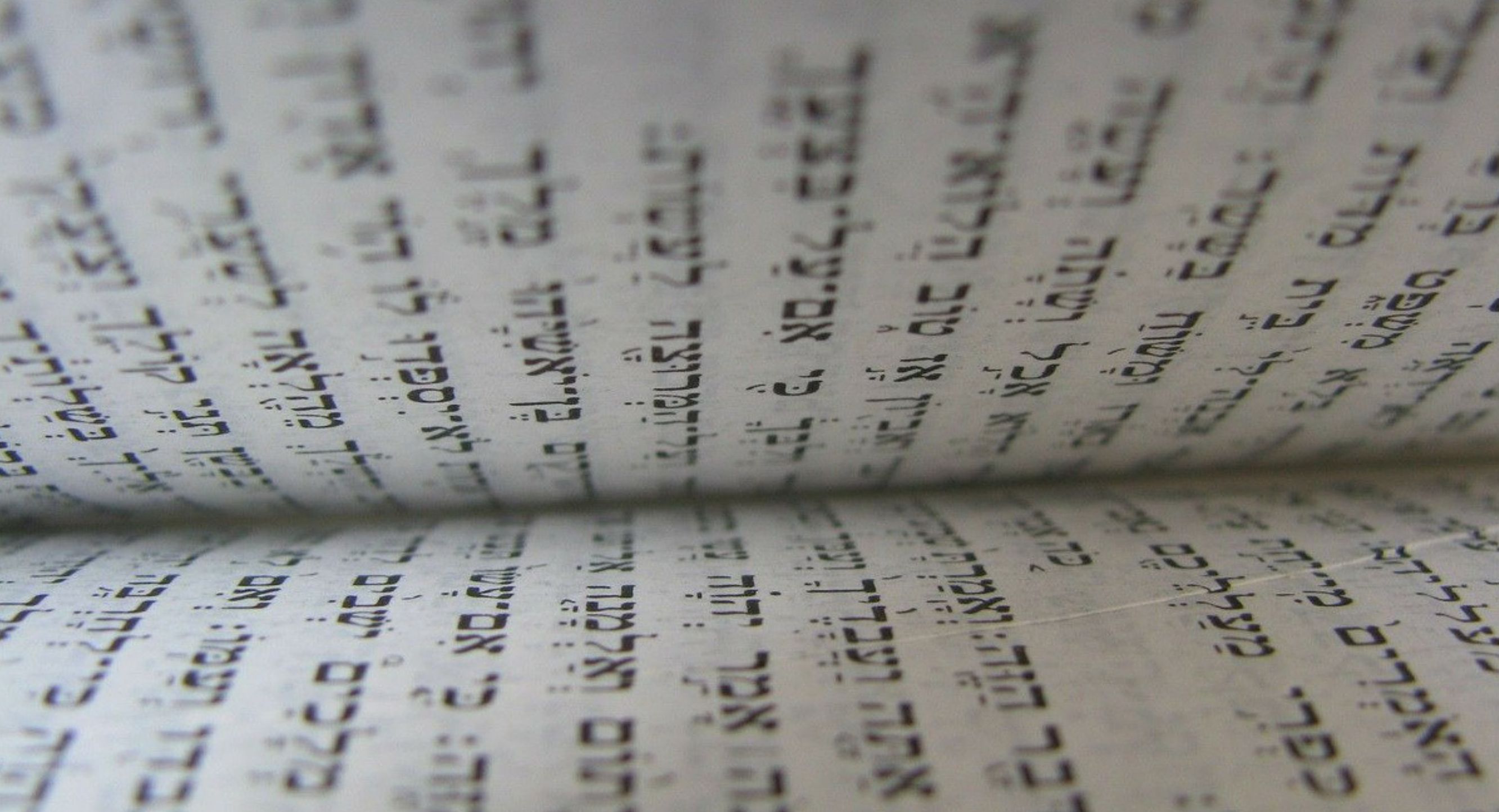A Critical Edition and Philological Analysis of the Text of Isa 42:1–44:5 on the Basis of the Coptic Manuscript sa 52 (M 568) and Other Coptic Manuscripts Written in the Sahidic Dialect of Coptic and the Greek Text of the Septuagint
Tomasz Bartłomiej Bąk
Katolicki Uniwersytet Lubelski Jana Pawła II , PolskaAbstrakt
This paper provides a critical edition and philological analysis of Isa 42:1–44:5, which were worked out on the basis of the Coptic manuscript sa 52.2 and other available manuscripts of the Sahidic dialect. The first part presents general information on the fragment of codex sa 52 (M 568) that includes the discussed text. The next part gives a list and brief characteristics of the other manuscripts containing at least some verses of Isa 42:1–44:5. The focal section of the paper is a presentation of the Sahidic text and its translation into English. The differences between the Sahidic text and the Septuagint, on which the Coptic translation is based, have been presented in tables. They include additions and omissions in the Coptic translation, lexical changes and semantic differences. Finally, the paper examines difficult philological questions observed in the Coptic text. Of special attention are the verses of Isa 42:1–44:5, which occur only in manuscript sa 52.2, and so far have not been published.
Słowa kluczowe:
Coptic, Sahidic dialect, the Book of Isaiah, Deutero-Isaiah, sa 52 (M 568), edition of Isa 42:1–44:5Bibliografia
Bąk, T., “A Critical Edition and Philological Analysis of the First Chapter of Deutero-Isaiah (Isa 40) on the Basis of the Coptic Manuscript sa 52 (M 568) in Light of Other Coptic Manuscripts Written in the Sahidic Dialect and the Greek Text of the Septuagint,” The Biblical Annals 9/1 (2019) 73-100.
Bąk, T., “A Critical Edition and Philological Analysis of the Second Chapter of Deutero-Isaiah (Isa 41) on the Basis of the Coptic Manuscript sa 52 (M 568) in Light of Other Coptic Manuscripts Written in the Sahidic Dialect and the Greek Text of the Septuagint,” The Biblical Annals 11/2 (2020) 63-91.
Bąk, T., “Koptyjski przekład Iz 1-39 w manuskrypcie sa 52 (M 568) z VIII w.,” The Biblical Annals 5/2 (2015) 289-305.
Bąk, T., Il Proto-Isaia in copto-saidico. Edizione critica sulla base di sa 52 (M 568) e di altri testimoni. Estratto della dissertazione per il Dottorato in Studi dell’Oriente Antico (Roma: Pontificio Instituto Biblico, Facoltà Orientalistica 2014).
Crum, W.E., Catalogue of the Coptic Manuscripts in the British Museum (London: British Museum 1905).
Crum, W.E., A Coptic Dictionary (original ed.: Oxford: Clarendon 1939; reprint: Eugene, OR: Wipf & Stock 2005).
Crum, W.E. – Winlock, H.E., The Monastery of Epiphanius at Thebes. I. The Archeological Material (by H.E. Winlock); The Litterary Material (by W.E. Crum) (New York: The Metropolitan Museum of Art 1926).
Crum, W.E. – Evelyn White, H.G., The Monastery of Epiphanius at Thebes. II. Coptic Ostraca and Papyri (edited with translations and commentaries by W.E. Crum); Greek Ostraca and Papyri (edited with translations and commentaries by H. G. Evelyn White) (New York: The Metropolitan Museum of Art 1926).
Delaporte, L.J., “Catalogue sommaire des manuscrits coptes de la Bibliothèque Nationale. Manuscrits sahidiques,” Revue de l’Orient chrétien 18 (1913) 84-91.
Depuydt, L., Catalogue of Coptic Manuscripts in the Pierpont Morgan Library (Corpus of Illuminated Manuscripts 4, Oriental Series 1; Leuven: Peeters 1993).
Hebbelynck, A., “Les manuscrits coptes-sahidiques du «Monastère Blanc». Recherches sur les fragments complémentaires de la Collection Borgia. I. Fragments de l’Ancien Testament,” Muséon 12 (1911) 1-64.
Hoppe, L.J., Isaiah (New Collegeville Bible Commentary. Old Testament 13; Collegeville, MI: Liturgical Press 2012).
Hyvernat, H., “Étude sur les versions coptes de la Bible. II. – Ce qui nous est parvenu des versions égyptiennes,” Revue biblique 5 (1896) 540-569.
Lacau, P., “Textes de l’Ancien Testament en copte sahidique,” Recueil de travaux relatifs à la philology et à l’archéologie égyptiennes et assyriennes. Nouvelle Série 7 (1901) 103-124.
Layton, B., A Coptic Grammar. With Chrestomathy and Glossary. Sahidic Dialect. Second Edition, Revised and Expanded. With an Index of Citations (Wiesbaden: Harrassowitz 2004).
Lust, J., Greek-English Lexicon of the Septuagint (Stuttgart: Deutsche Bibelgesellschaft 2003).
Nagel, P., “Editionen koptischer Bibeltexte seit Till 1960,” Archiv für Papyrusforschung 35 (1990) 43-100.
Nagel, P., “Studien zur Textüberlieferung des sahidishen Alten Testaments,” Zeitschrift für Ägyptische Sprache und Altertumskunde 111 (1984) 138-164.
Rahlfs, A., Die alttestamentlichen Lektionen der griechischen Kirche (Mitteilungen des Septuaginta Unternehmens der Königlichen Gesellschaft der Wissenschaften zu Göttingen 5; Berlin: Weidmannsche 1915).
Schleifer, J., Sahidische Bibel-Fragmente aus dem British Museum zu London (Sitzungsberichte der Kaiserlichen Akademie der Wissenschaften in Wien. Philosophisch–Historische Klasse 162/6; Wien: Hölder 1909).
Schüssler, K., Das sahidische Alte und Neue Testament: sa 21-48 (ed. K. Schüssler) (Biblia Coptica 1/1; Wiesbaden: Harrassowitz 1996).
Stern, L.C., Koptische Grammatik (Leipzig: Weigel 1880).
Till, W.C., “Papyrussammlung der Nationalbibliothek in Wien. Katalog der koptischen Bibelbruchstücke. Die Pergamente,” Zeitschrift für die neutestamentliche Wissenschaft 39 (1940) 1-57.
Till, W.C., “La séparation des mots en copte,” Bulletin de l’Institut français d’archéologie orientale 60 (1960) 151-170.
Vaschalde, A., “Ce qui a été publié des versions coptes de la Bible,” Revue biblique 29 (1920) 241-258.
Winstedt, E.O., “Some Unpublished Sahidic Fragments of the Old Testament,” The Journal of Theological Studies 10 (1909) 233-254.
Ziegler, J. (ed.), Septuaginta. Vetus Testamentum Graecum. Auctoritate Societatis Litterarum Gottingensis editum. XIV. Isaias (Göttingen: Vandenhoed & Ruprecht 1939).
Zoega, G., Catalogus codicum copticorum manu scriptorum qui in museo Borgiano velitris adservantur (Roma: Typis Sacrae Congregationis de Propaganda Fide 1810
Licencja
- Zgodnie z ustawą o prawie autorskim i prawach pokrewnych z dnia 4 lutego 1994 r., Autor publikacji udziela Wydawcy czasopisma „The Biblical Annals” niewyłącznej i nieodpłatnej licencji na korzystanie z składanego do publikacji Utworu przez czas nieokreślony na nieograniczonym terytorium na następujących polach eksploatacji:
a) w zakresie utrwalenia Utworu, zwielokrotnienia Utworu dowolną techniką (w tym m.in. drukiem oraz w formie zapisu elektronicznego) na wszelkich znanych nośnikach (w tym m.in. informatycznych, elektronicznych i poligraficznych) oraz we wszelkich systemach informatycznych (szczególnie typu Internet);
b) w zakresie wprowadzenia Utworu do pamięci komputera, rozpowszechniania Utworu i egzemplarzy zwielokrotnienia Utworu, wprowadzenia do obrotu Utworu i egzemplarzy zwielokrotnienia Utworu;
c) w zakresie publicznego wykonania, odtwarzania, wystawiania i wyświetlania Utworu, użyczaniu, najmu i dzierżawy Utworu oraz egzemplarzy zwielokrotnienia Utworu;
d) w zakresie udostępniania, wprowadzanie do obrotu i rozpowszechniania Utworu i egzemplarzy zwielokrotnienia Utworu za pośrednictwem sieci informatycznych, w szczególności typu Internet, w tym promocji lub reklamy Utworu, czasopisma lub Wydawcy. - Ponadto, Autor nieodpłatnie zezwala Wydawcy na korzystanie i rozporządzanie opracowaniami Utworów.
- Wydawca może udzielać sublicencji.
- Osoby trzecie z Utworów oraz z innych materiałów zawierających lub powstałych w oparciu o Utwory mogą korzystać zgodnie ze wzorcem licencji Creative Commons Uznanie autorstwa 4.0 (znanej również jako CC-BY).







